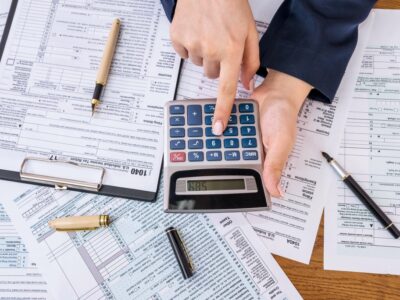The depreciation expense in this method is calculated by subtracting the residual value of an asset from the cost and dividing the remainder by a number of years(useful life). The straight-line method’s illustration has been given in the above example. There are different one characteristic of plant assets is that they are: methods of depreciation that a business entity can use. Many business entities use different depreciation methods for financial reporting and tax purposes. In any case, owing to price and duration, property held by a company is generally the most valuable asset.

What is a depreciation expense?
Later on, the company will charge the depreciation according to the method of depreciation it usually follows. 18,000 USD must be charged to the plant asset account for every financial year as a depreciation expense. The assets can be further categorized as tangible, intangible, current, and non-current assets.
What is asset? Definition, Explanation, Types, Classification, Formula, and Measurement
- In this article, we will talk about non-current tangible assets and, specifically the plant assets.
- There are different methods of depreciation that a business entity can use.
- However, land improvements, including driveways, temporary landscaping, parking lots, fences, lighting systems, and sprinkler systems, are attachments to the land.
- In this article, we’ve explained the concept of plant assets in very detail.
Regardless of the company you’re analyzing, plant assets tend to be those held for long-term use and depreciated over their useful lives. As time goes on, plant assets wear down and must be replaced, although most companies try to extend useful life for as long as possible. Current assets are expected to be used within a year or short-term time frame. Current assets typically include cash, inventory, accounts receivable, and other short-term liquid assets.
Subsequent Costs

The best way to manage your assets is to use an accounting software application that simplifies the entire asset management process from the initial acquisition to asset disposal. Even the smallest business has assets, which can include https://www.bookstime.com/articles/bookkeeping-for-large-business everything from cash in the bank, to the computer you’re working on, to the building where you manufacture piggy banks. Some fixed assets’ fair values can be extremely variable, needing revaluations as often as once a year.
Balance Sheet
The company would now adjust the carrying amount to £90,000, and depreciation would be calculated using the revalued amount. If the asset’s value is found to be impaired, the carrying amount would be reduced. We’re firm believers in the Golden Rule, which is why editorial opinions are ours alone and have not been previously reviewed, approved, or endorsed by included advertisers. The Ascent, a Motley Fool service, does not cover all offers on the market.
- For example, a business spends £5,000 on upgrading the manufacturing machine to improve its efficiency.
- If the asset’s value is found to be impaired, the carrying amount would be reduced.
- Named during the industrial revolution, plant assets are no longer limited to factory or manufacturing equipment but also include any asset used in revenue production.
- Improvement for one company will very certainly differ dramatically from that of another.
Recognition and Recording
Common questions
What plant assets are depreciated?

